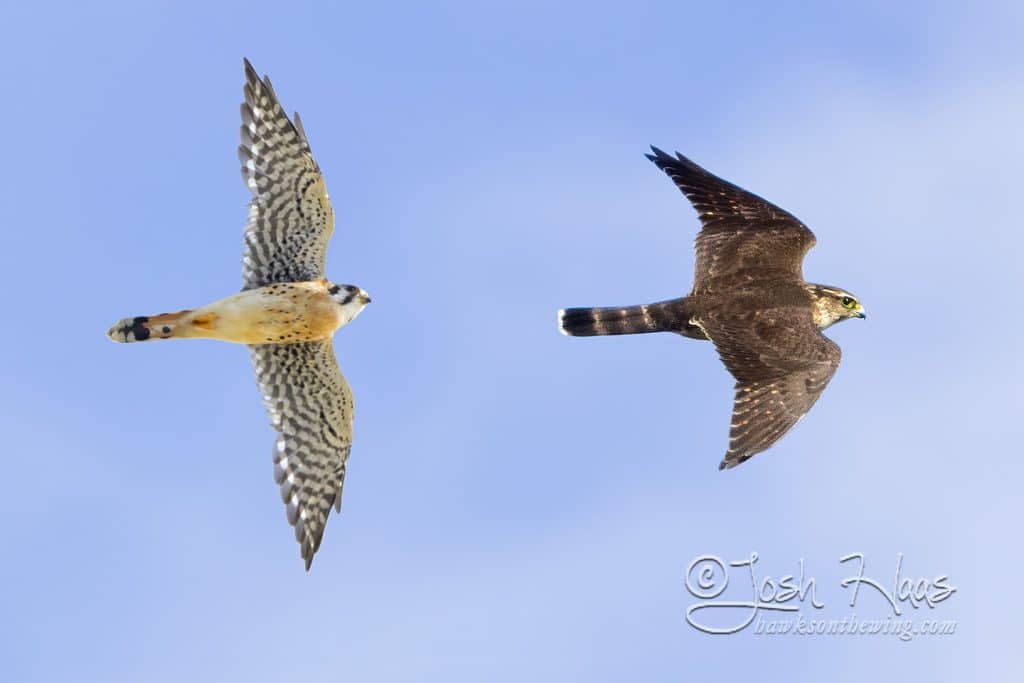
If you’ve ever questioned the identity of the small falcon that just zipped passed the migration site, you may have been left wondering whether you had an American Kestrel or a Merlin. The differences between these two falcons can seem subtle at first but the differences become more pronounced after even just a quick study of their shape and cadence in flight. Add to that distinct behavioral differences to the equation for these two species and confidence builds quickly.
American Kestrels are small thin falcons with wings that look like banana peels attached to their body. The thin, dainty impression of this bird is the first thing noticed when graced with their presence. When soaring they hold their wings mostly flat, straight out from their bodies and they remain perpendicular to the body instead of the more expected swept back falcon appearance. They make tight circles as they gain altitude fast. They are buoyant and animated in flight often rising and lowering while soaring, flapping and gliding; especially when any kind of wind is present. When gliding, their wings are held slightly bowed downward and the more classic swept back shape appears. Their glides often end with them losing speed quickly, forcing them to flap and correct themselves.
The Kestrel’s wing beat is light, fluttery and looks like they are spending a lot of time getting from point a to point b. They will also flap and glide in direct flight, similar to Sharp-shinned Hawks but unlike the active Merlin.
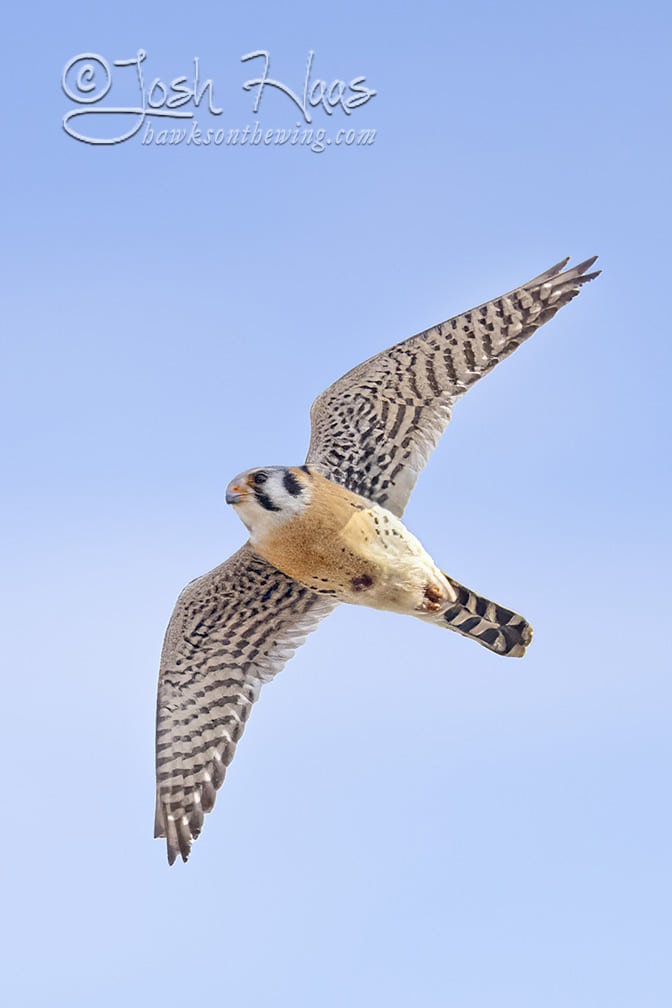
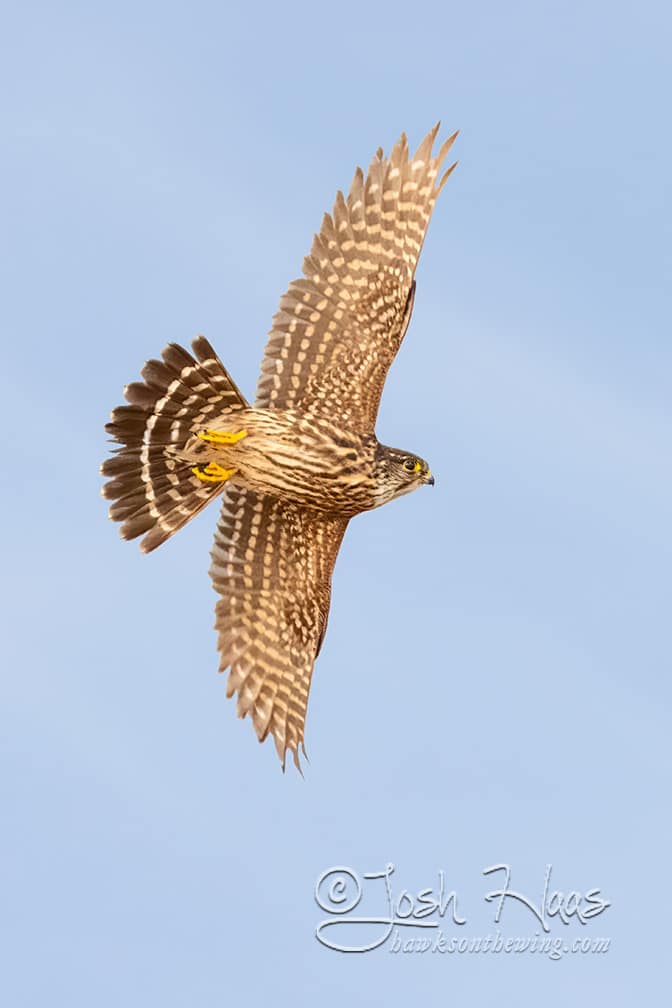
Where American Kestrels feel thin and dainty, Merlins feel stockier and heavier. They llook like Kestrels on steroids and are masters of speed. Where Kestrels seems light and delicate in flight, Merlins command their space and fly through it like they are late for a date. If seen soaring, consider yourself lucky as these falcons rarely soar. While in a soar, they show pointed falcon-like wings, held flat or slightly angled downward, however, their stocky build shines through. Their wings are especially heavy near the base before tapering to sharp points. A Merlin’s tail shares the heavier look and is sharply squared at the end. When gliding their wings are angled down and they hold their speed throughout.
When flapping, it’s fast, rhythmic, powerful and sometimes feels like it never ends. If you have a falcon in your bins, the bird is low and suddenly drops out of view, consider a Merlin. They hug tree lines and shorelines, sometimes rocketing by only to be noticed at the last minute, if at all.
While these two raptors both have classic falcon wings, there are some key things to look for to distinguish the two. With Merlins, it’s all about noticing a heavier, stockier build, including the wings and tail. They are especially hefty in the wings from the body to the wrists before the wings taper to points. Kestrels on the other hand, appear thinner more delicate and longer winged; in fact, everything about the Kestrel is thinner all around. Because both birds hold their wings slightly drooped in a soar, one needs to look for other pieces of the puzzle to differentiate the two but behaviorally, Kestrels will soar infinitely more often than Merlins, so this is an important factor to consider.
Be sure to pay attention to other clues related to flight behavior. Kestrels rise and lower in altitude, both while flapping and gliding. In active flight, the Merlin flaps more often and is more active overall. The wing beat of the Merlin is fast, at a constant even rate and it seems like it never ends. They have a direct line of flight and rocket through it. The Kestrel often flaps and glides in an alternating fashion, similar to Accipiters like Sharp-shinned Hawks. They are more buoyant and move around a lot in their space.
Behavioral traits to look for:
- Both of these falcons will actively hunt in flight, even during migration but Merlins tend to do it more often
- Merlins seem to prefer their space and will scream and go after any other bird occupying where they want to be, even birds as large as Eagles
- Kestrels are typically seen well before getting close to a migration count site and also tend to be higher in the sky, while Merlins are most often low, hugging tree lines and beaches
- The speed and timing of Merlins is extremely fast and usually found with little time to study them as they rocket by migration sites
Want to learn more? Think about investing in our movie, Hawks on the Wing which not only features video and audio voiceover for 16 eastern North American raptors, it also includes 28 side-by-side comparison videos. Seeing these raptors actively flying on screen with audio voiceover teaching you how to tell them apart is the next best thing to experiencing it live!

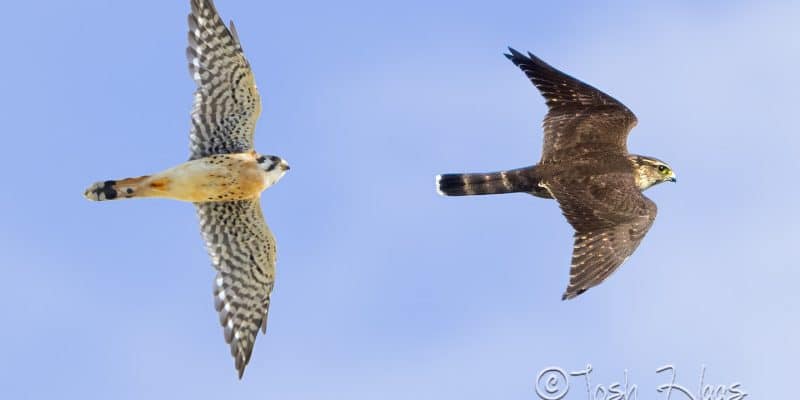
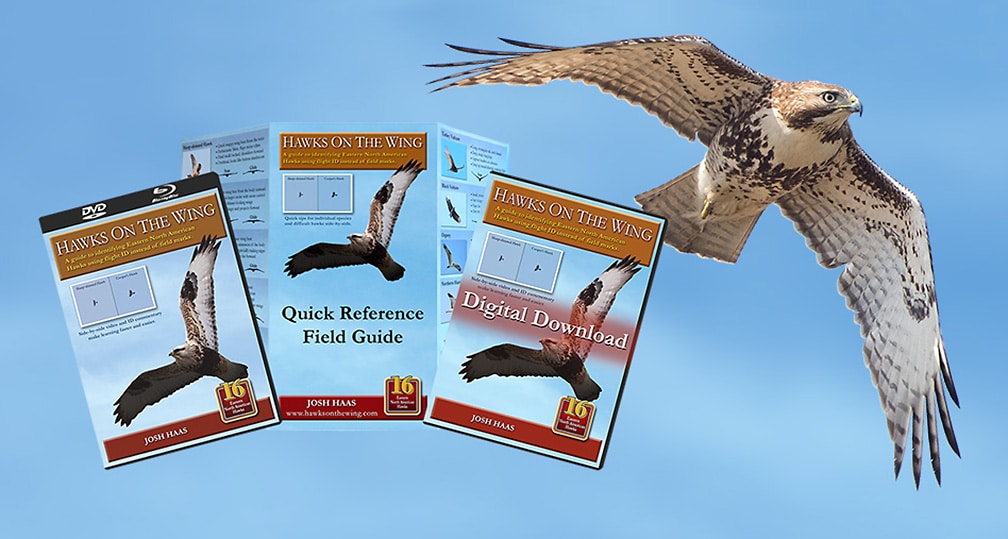
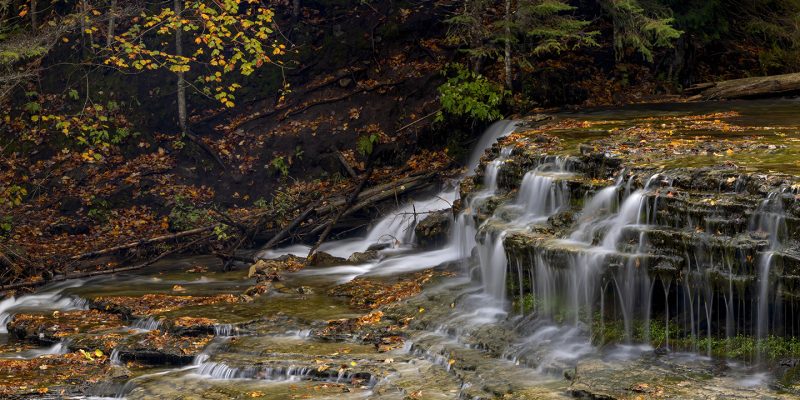
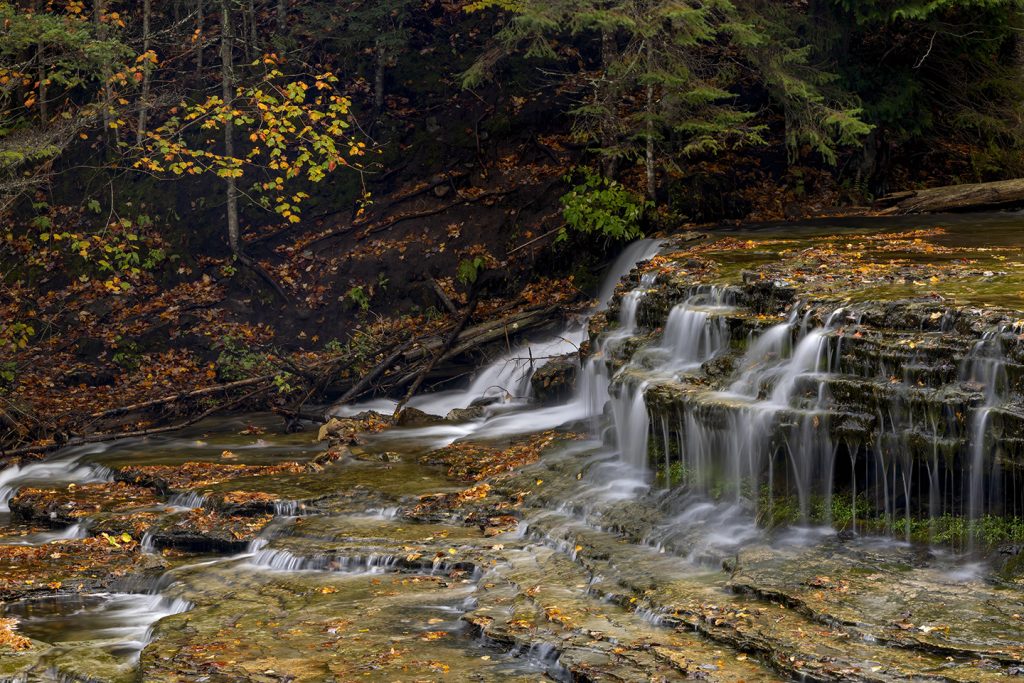
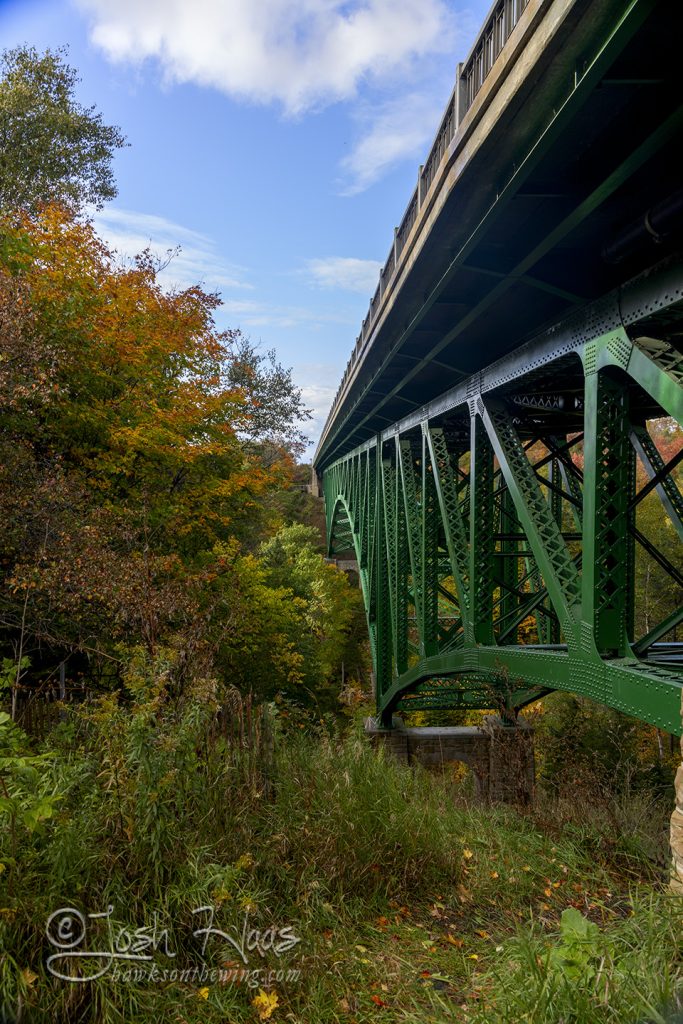
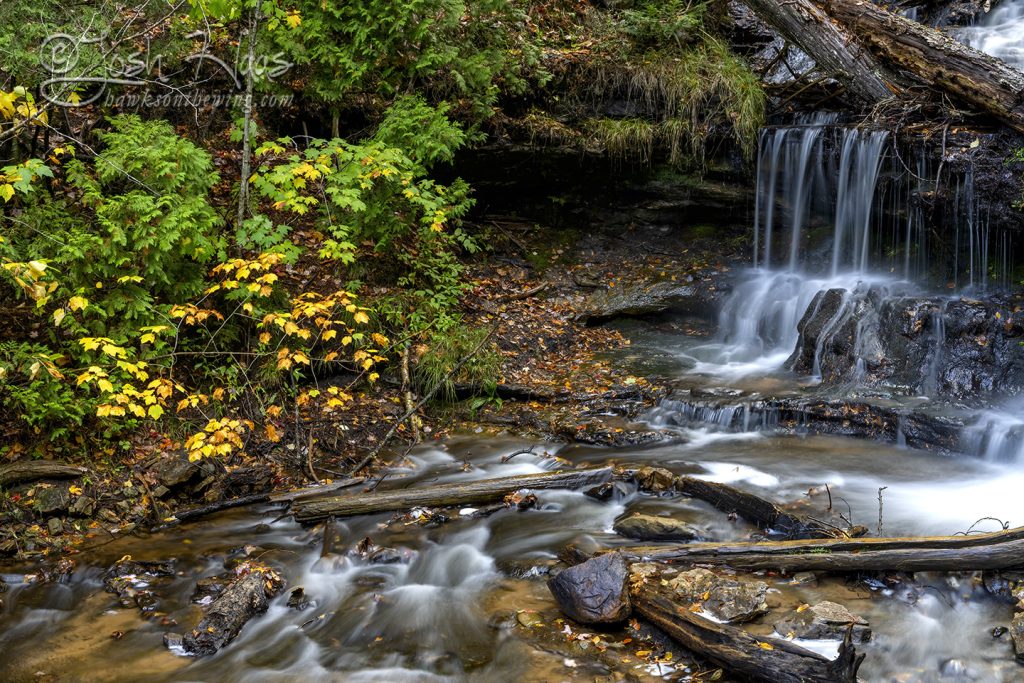
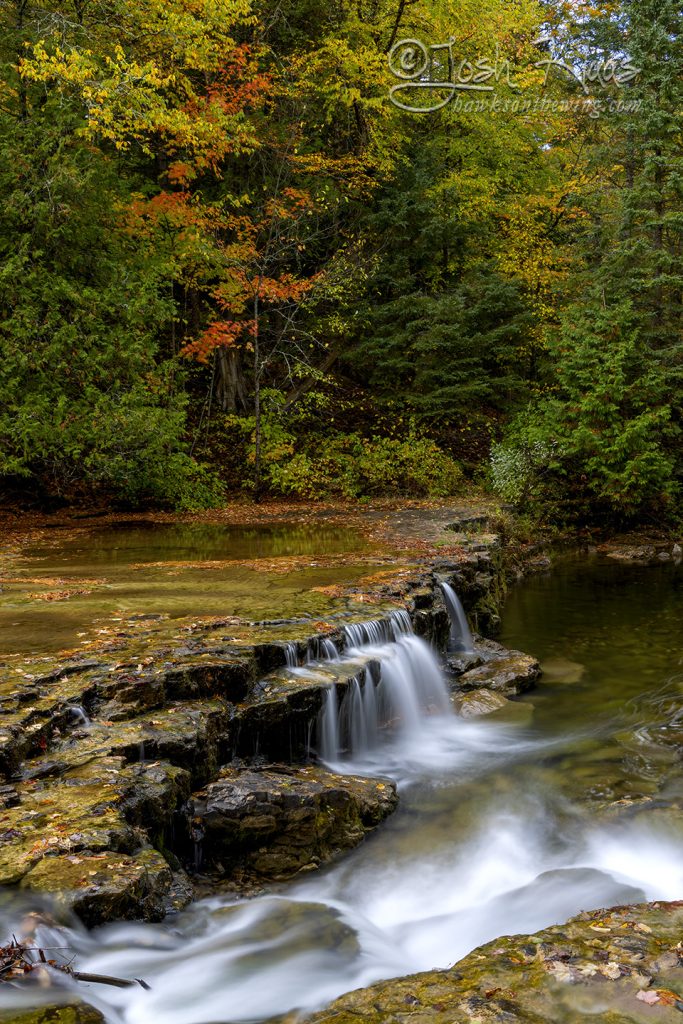
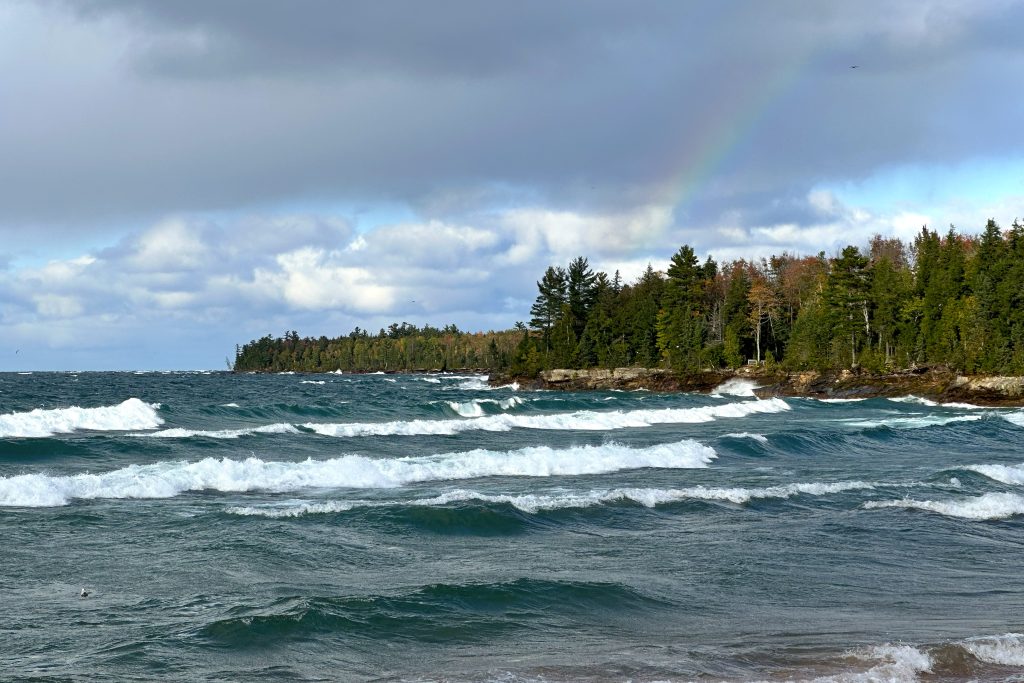
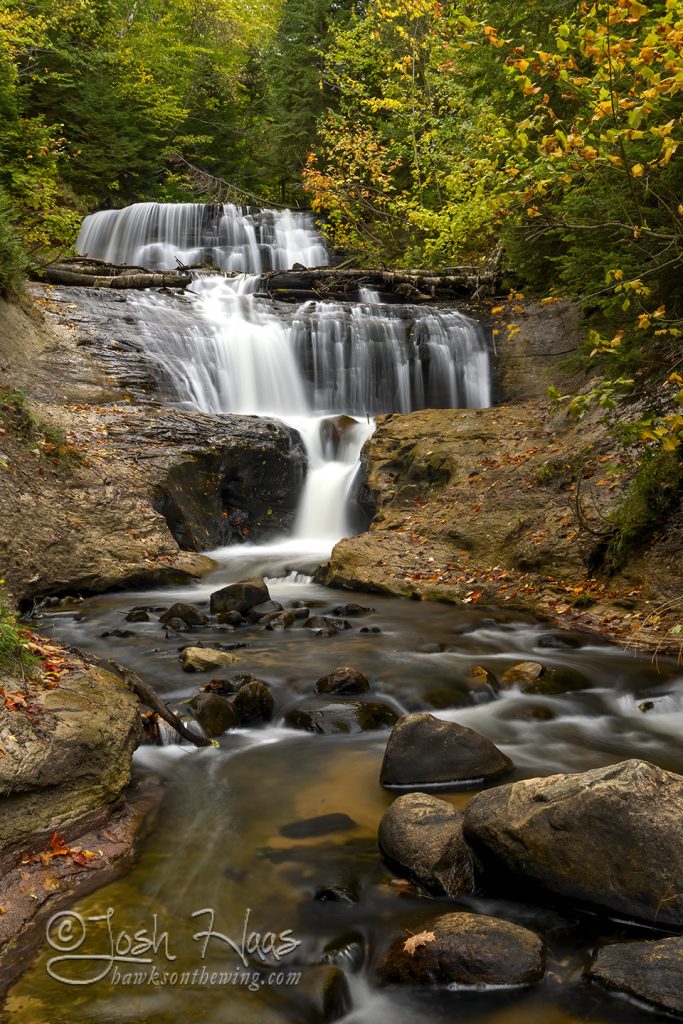
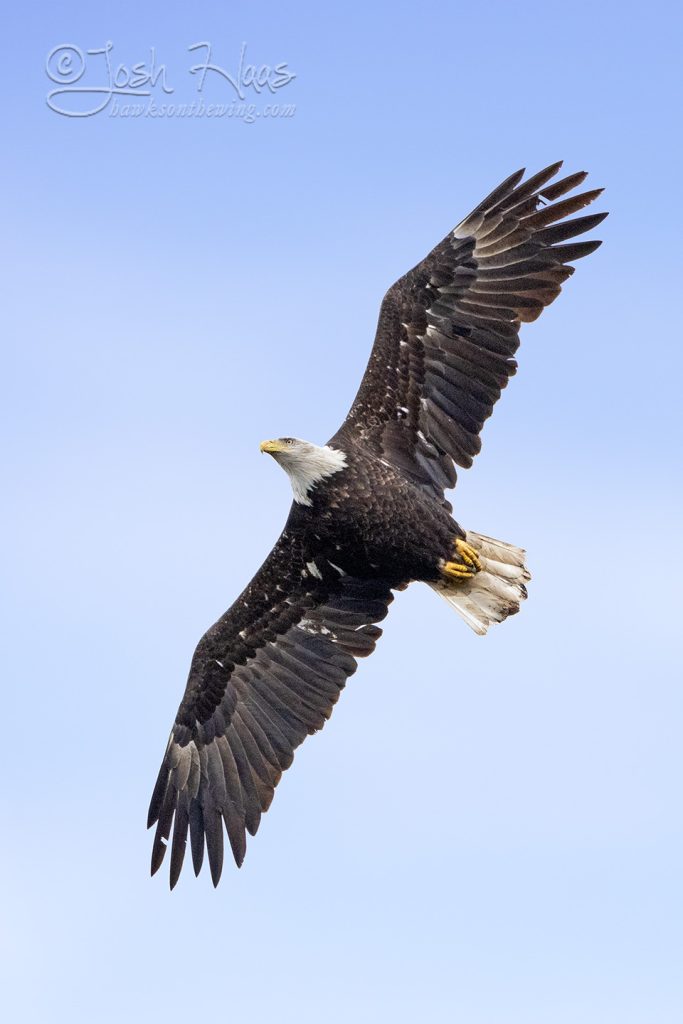
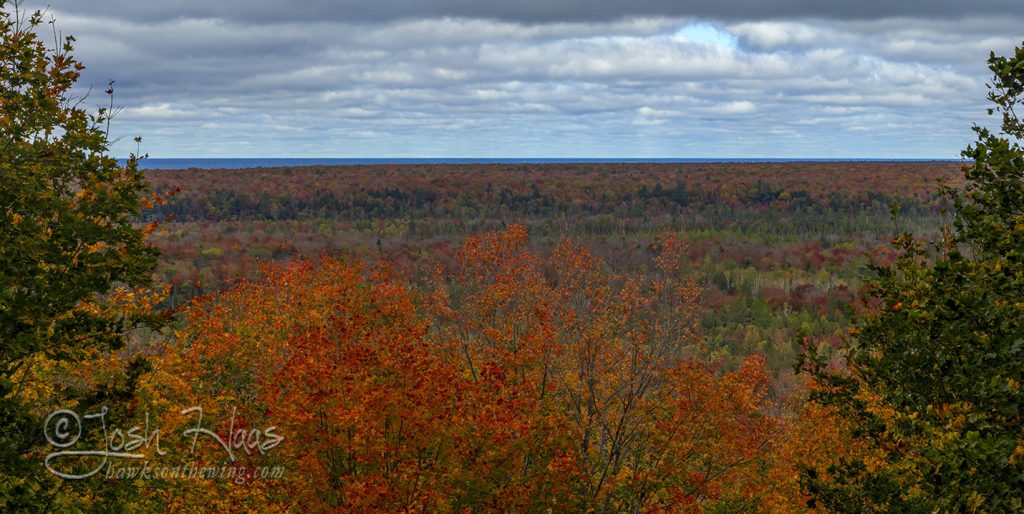
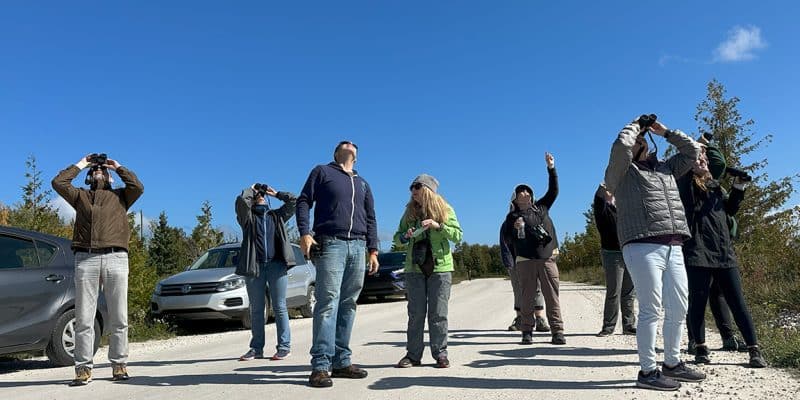
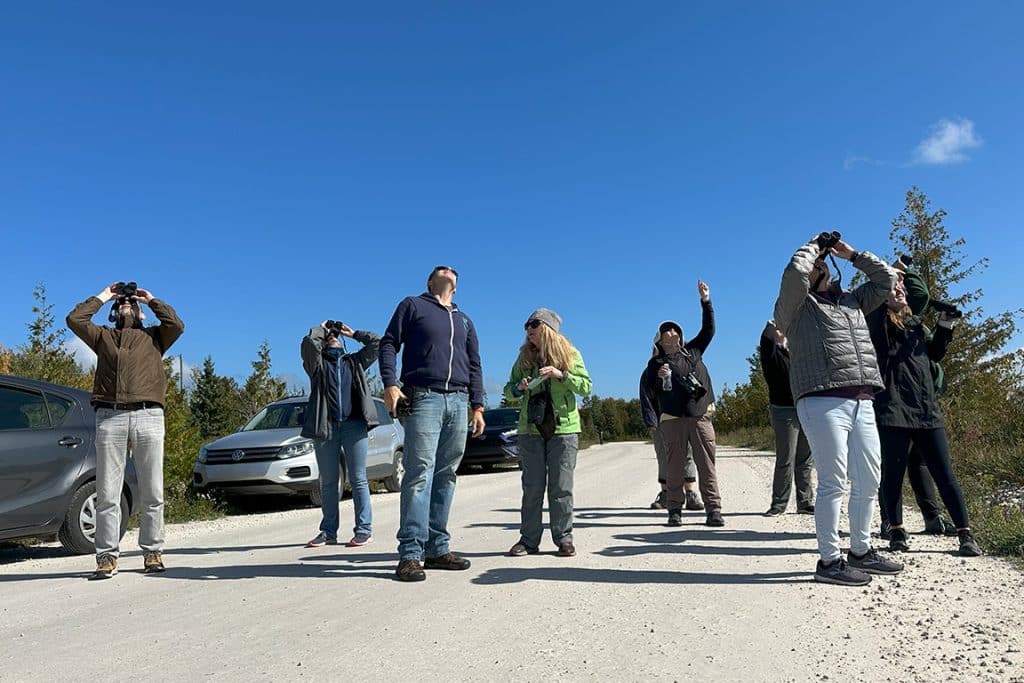
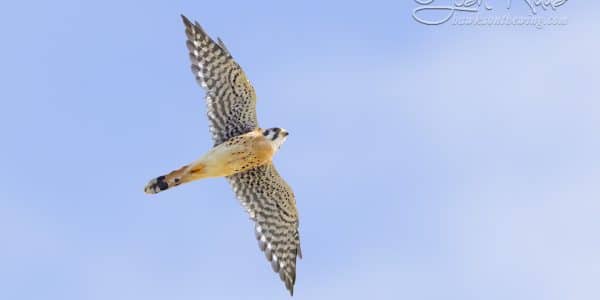
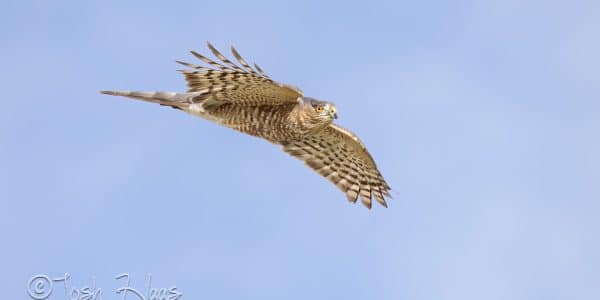
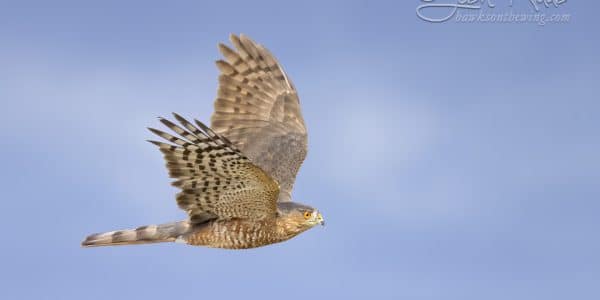
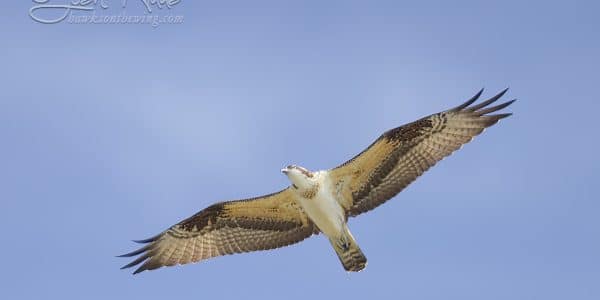
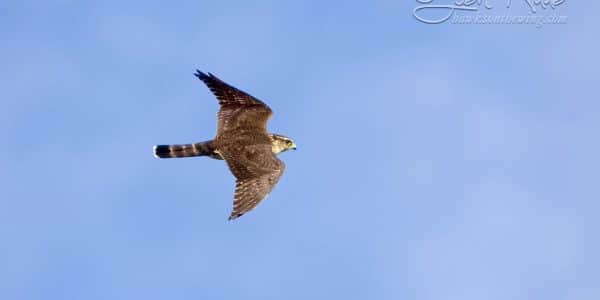
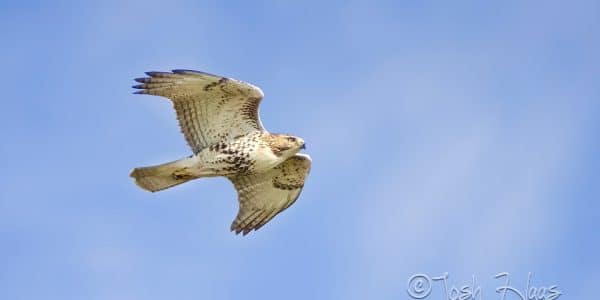
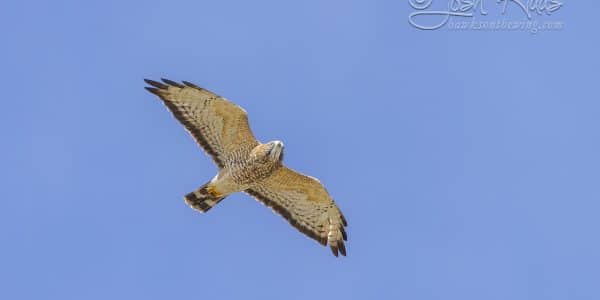
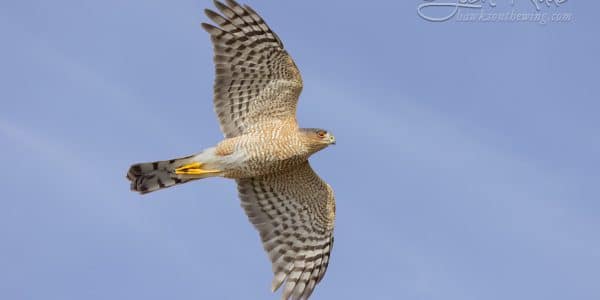
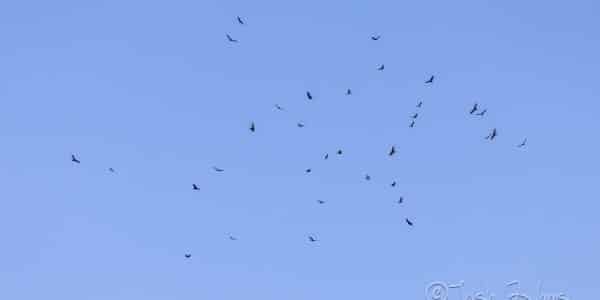
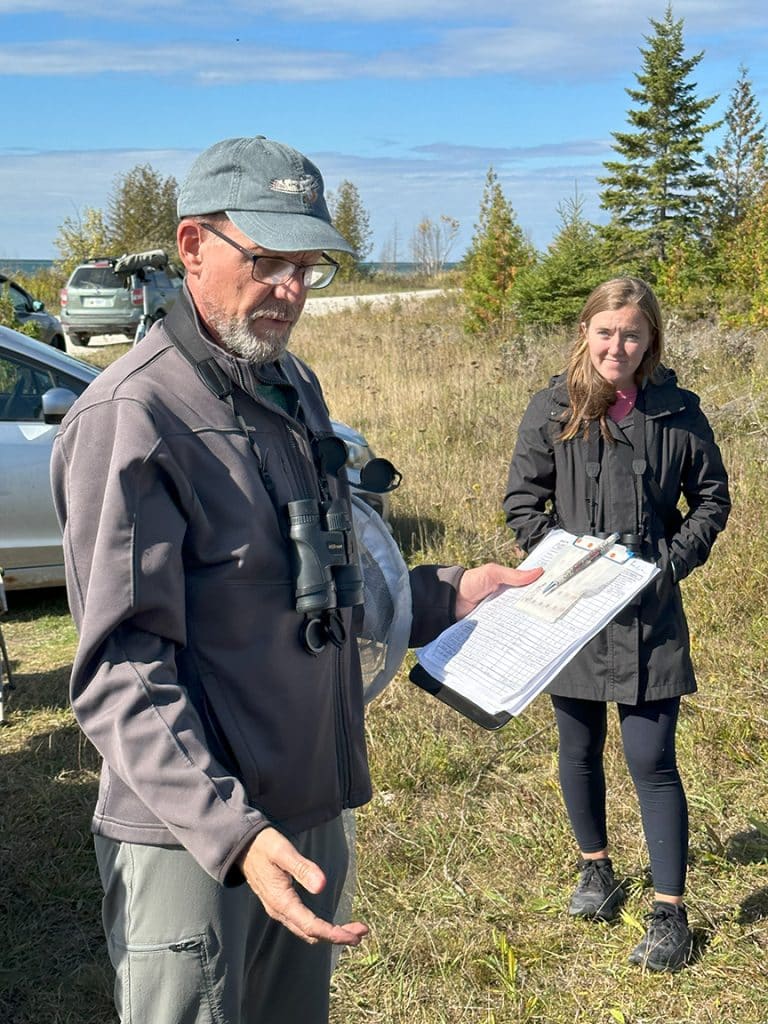
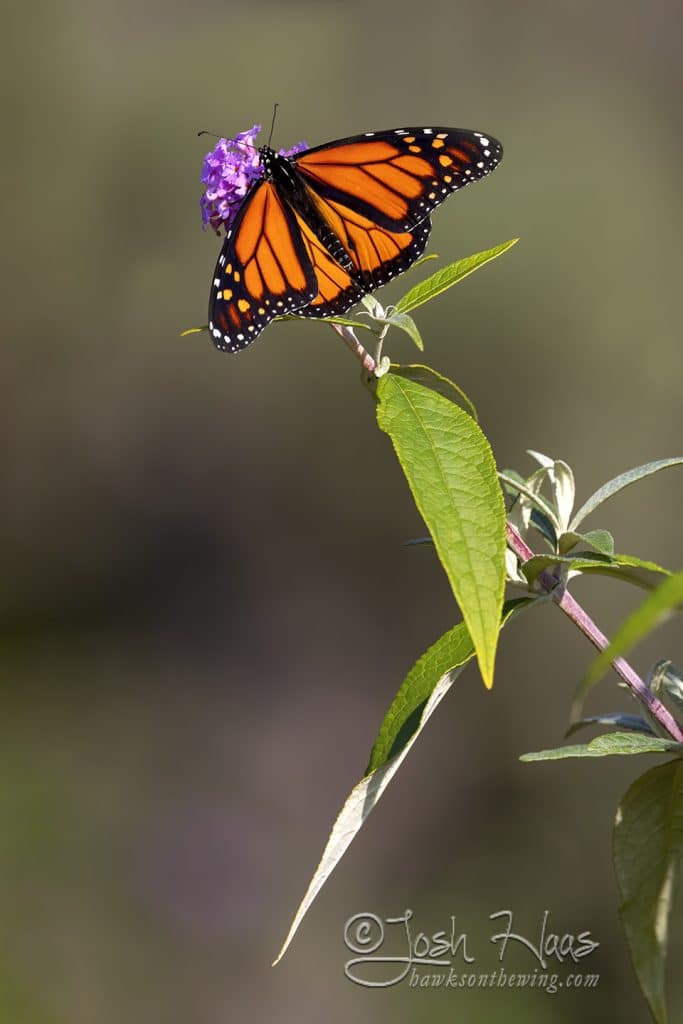
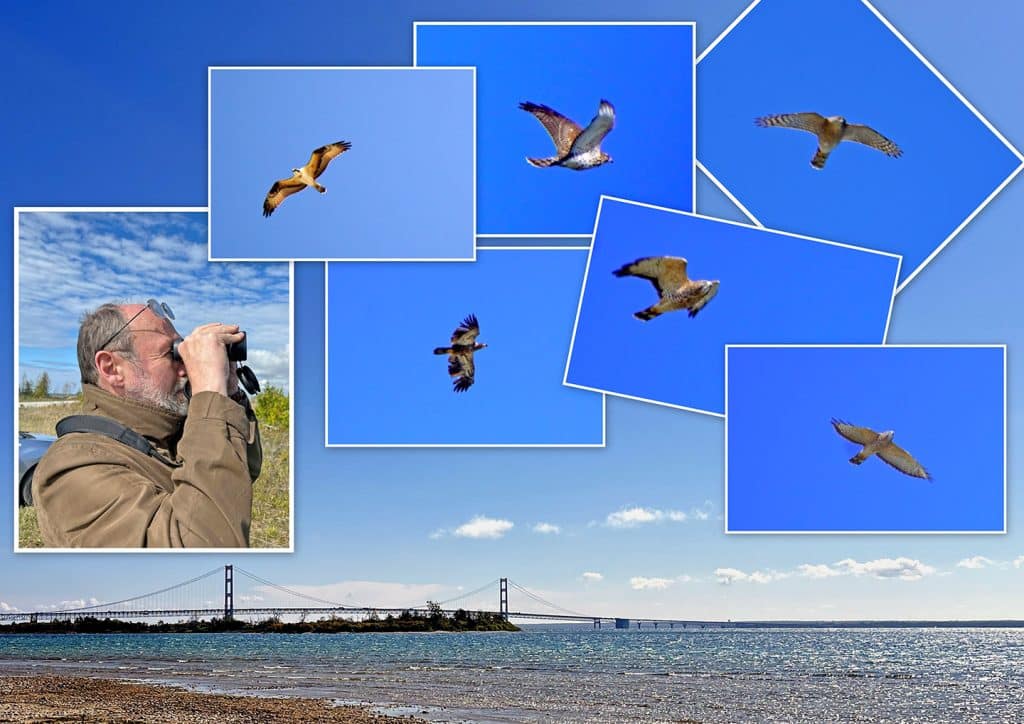
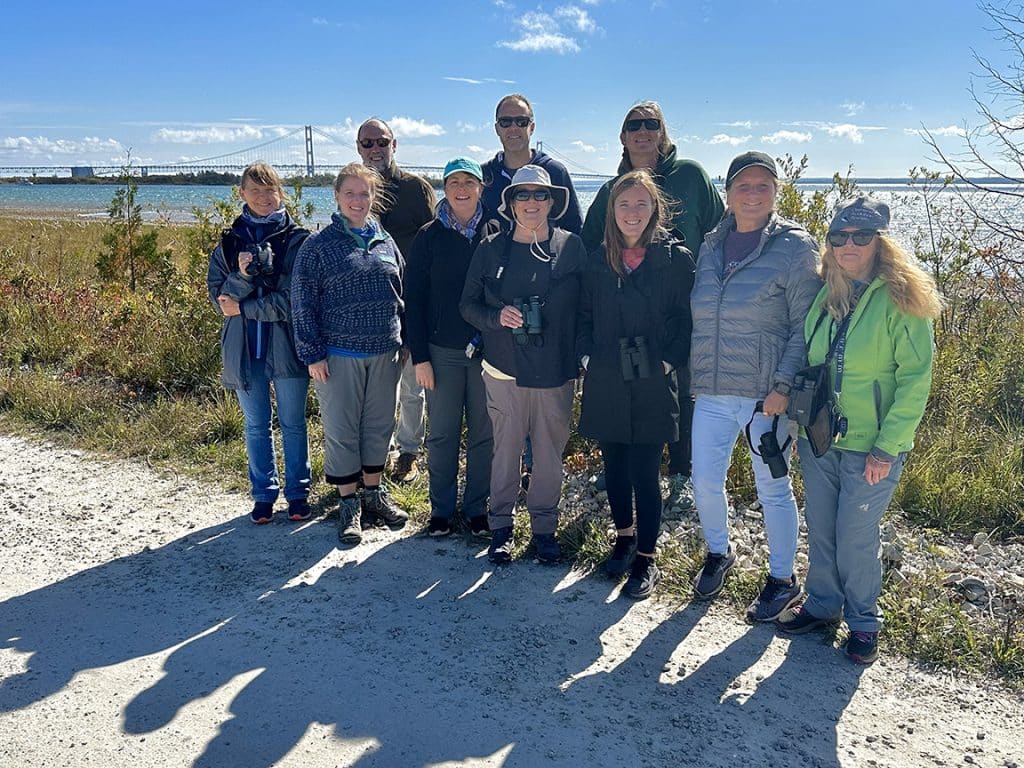
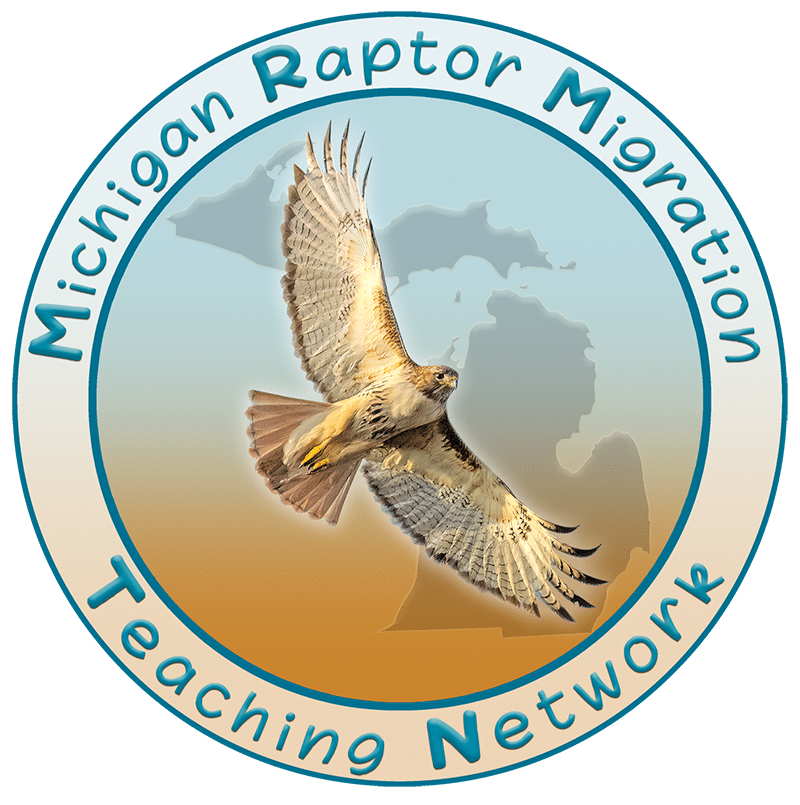
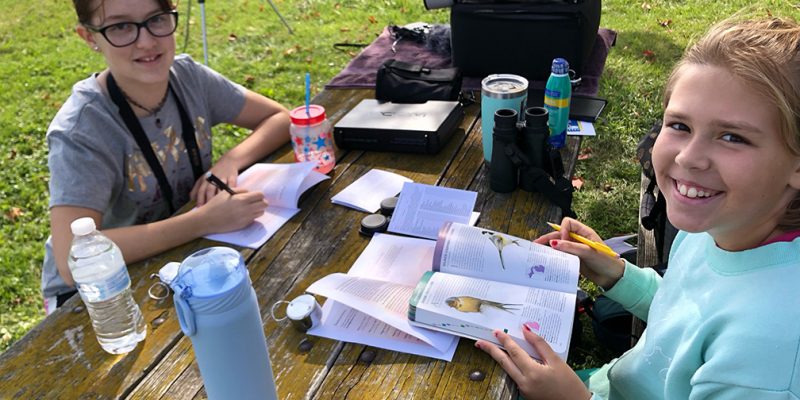
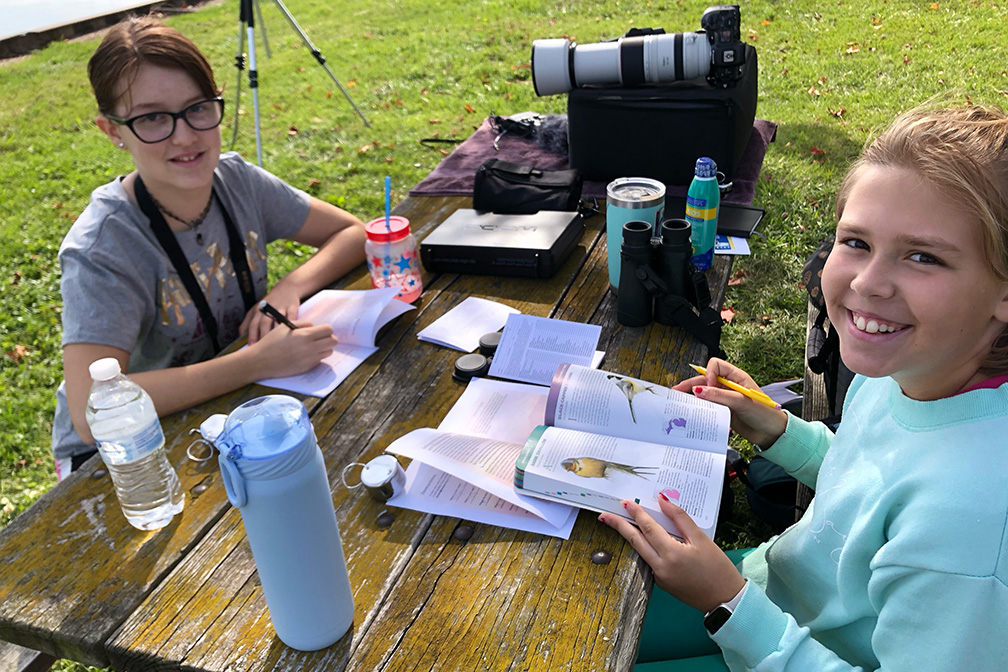
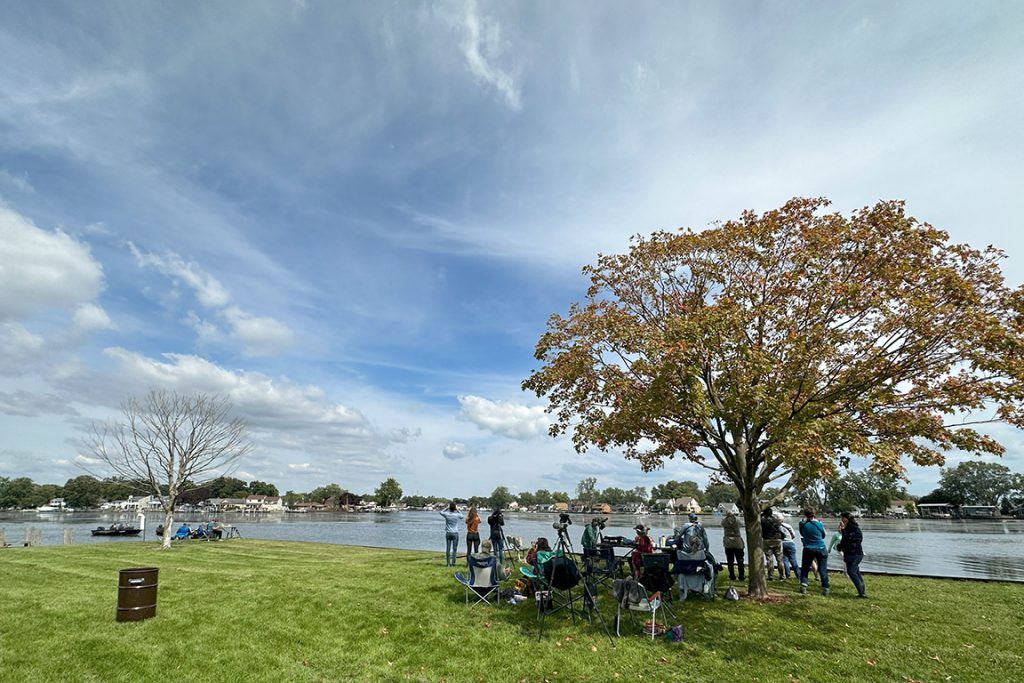
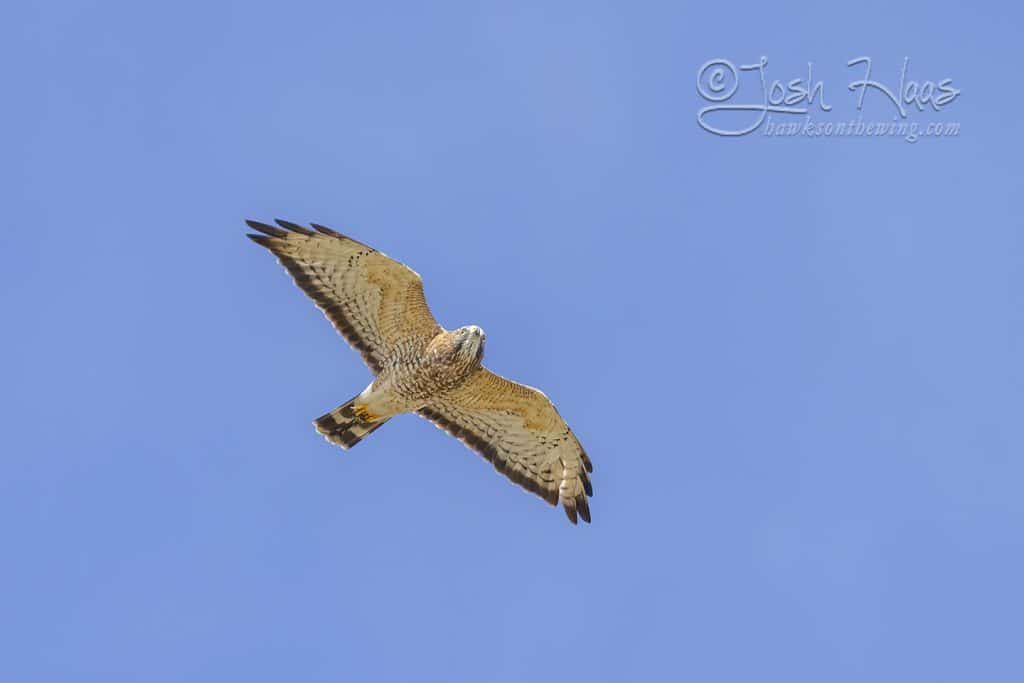
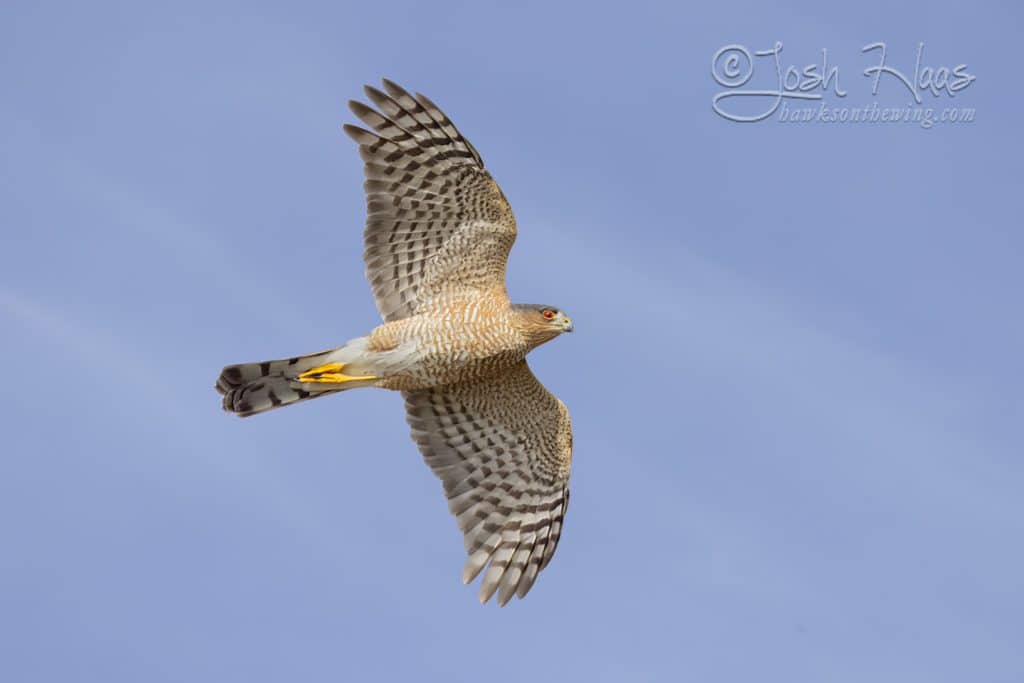
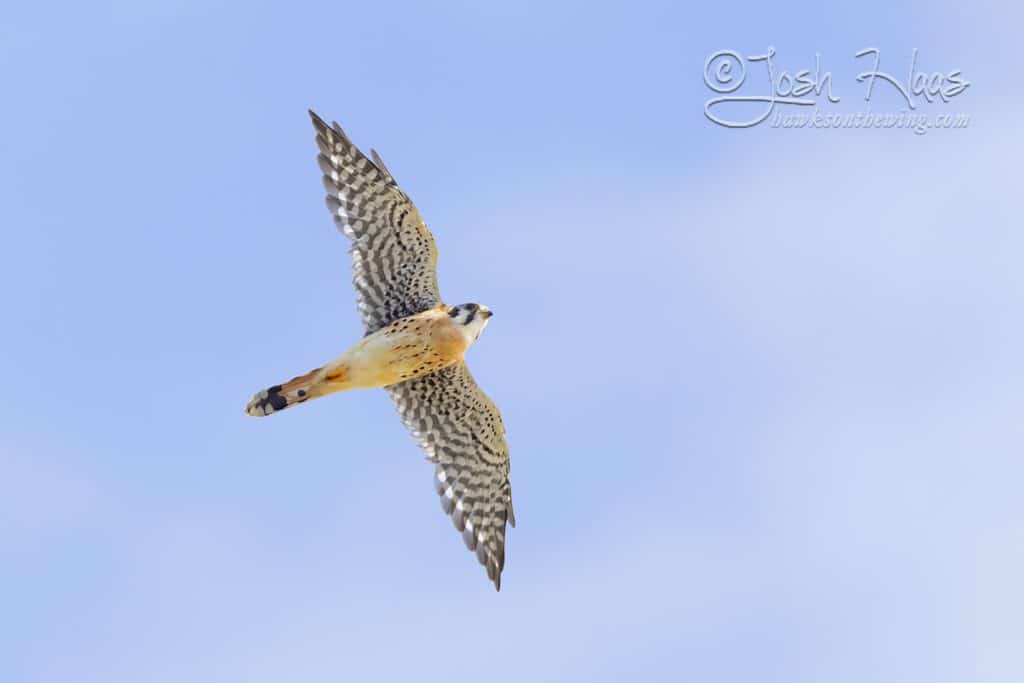
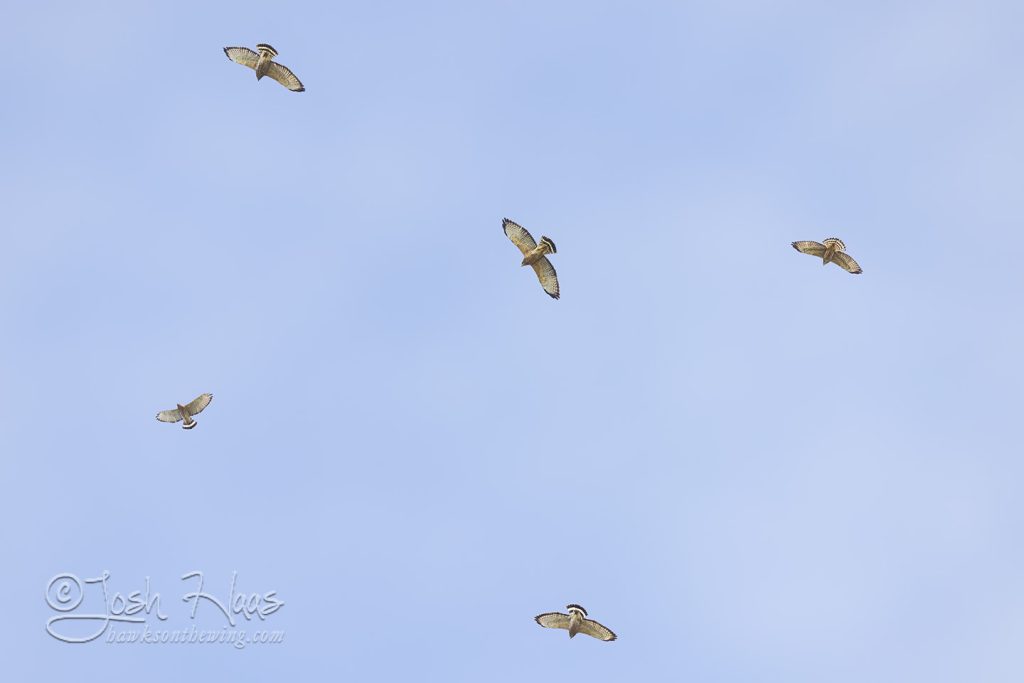
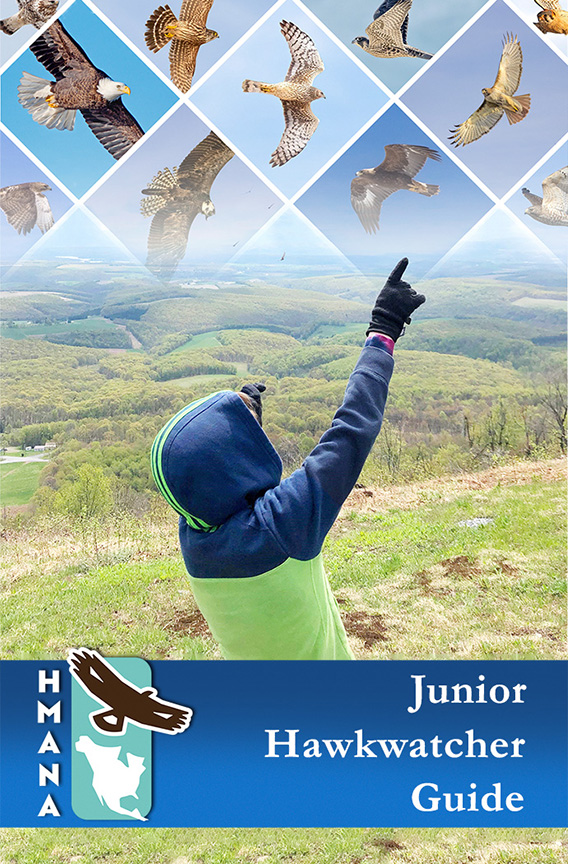
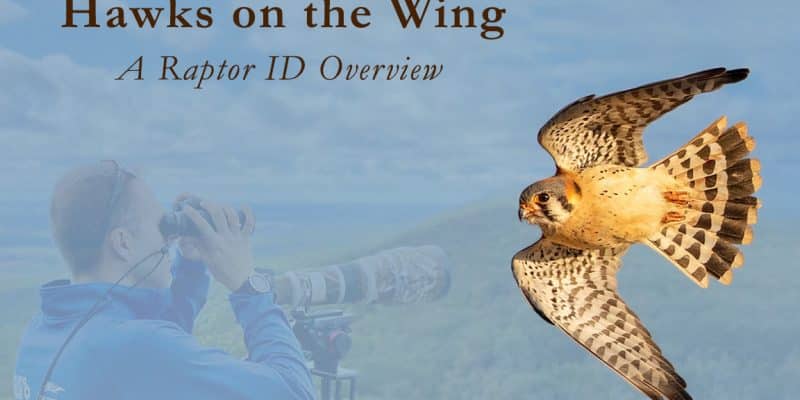
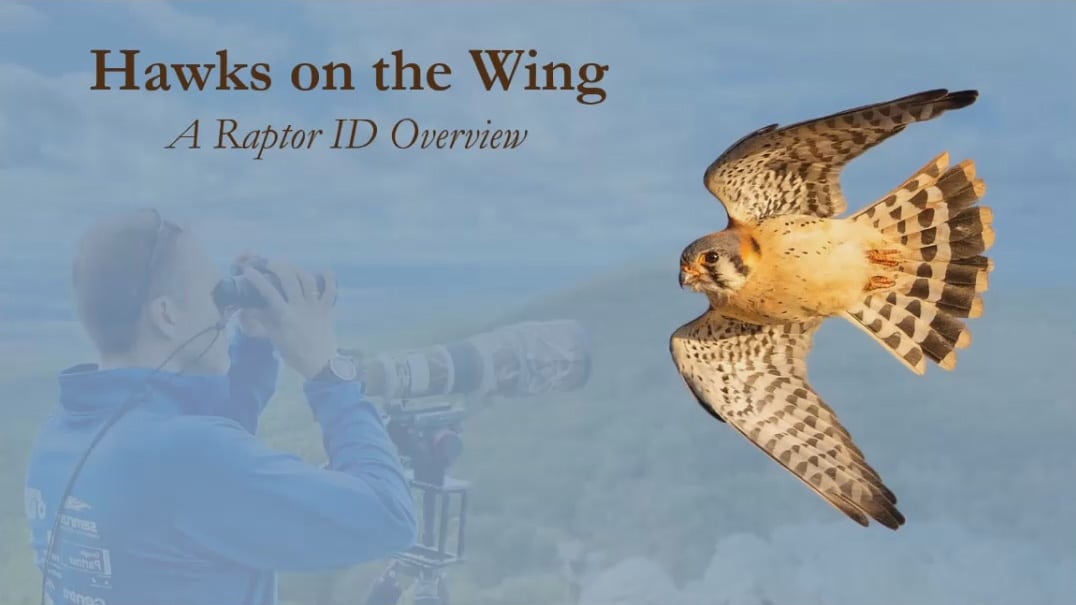
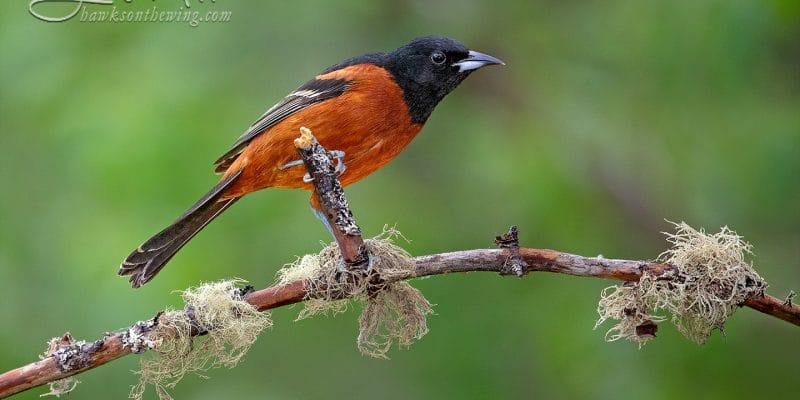
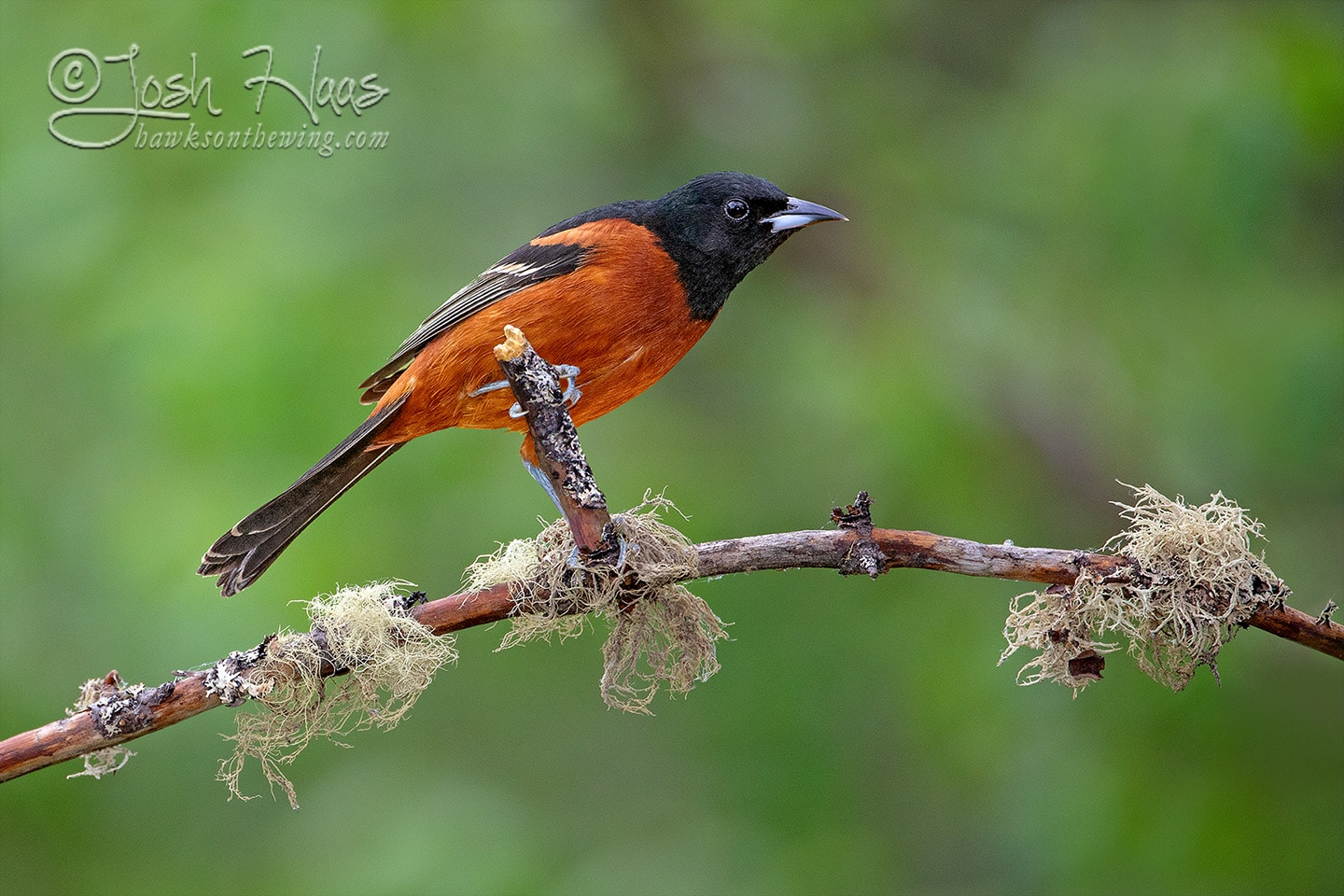 After missing Spring migration in 2020 due to the pandemic, we vowed to do everything we can to not let that happen again. Enter a travel trailer. We are now traveling in our own little bubble following the birds. This has proven great as we’ve experienced raptor migration at the Whitefish Pt. Bird Observatory as well as passerine migration East of Toledo. We’re comfortable, socially distanced and experiencing quality time in nature.
After missing Spring migration in 2020 due to the pandemic, we vowed to do everything we can to not let that happen again. Enter a travel trailer. We are now traveling in our own little bubble following the birds. This has proven great as we’ve experienced raptor migration at the Whitefish Pt. Bird Observatory as well as passerine migration East of Toledo. We’re comfortable, socially distanced and experiencing quality time in nature.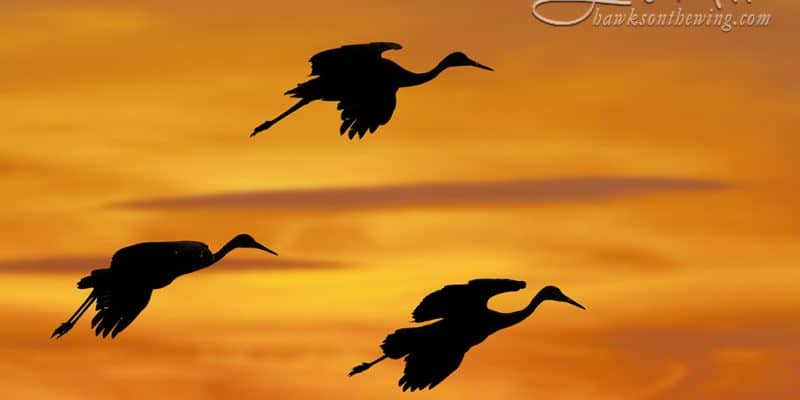
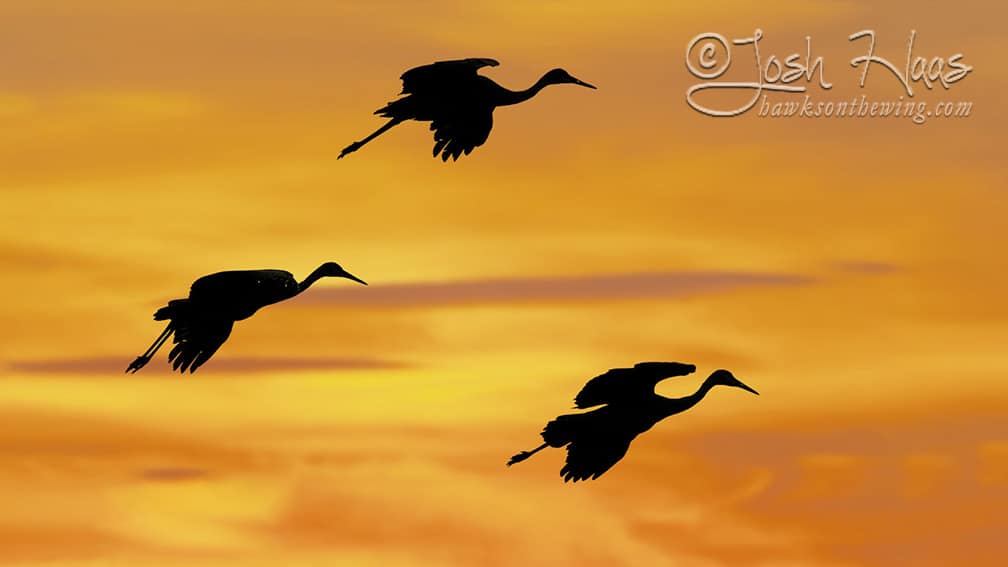 Every Fall I look forward to joining my friends at
Every Fall I look forward to joining my friends at 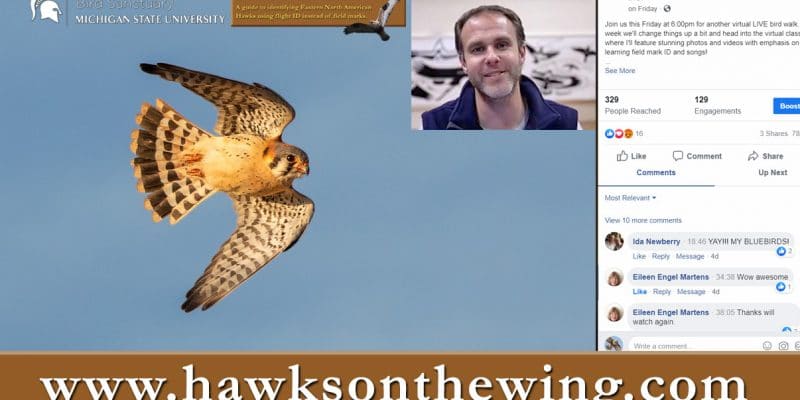
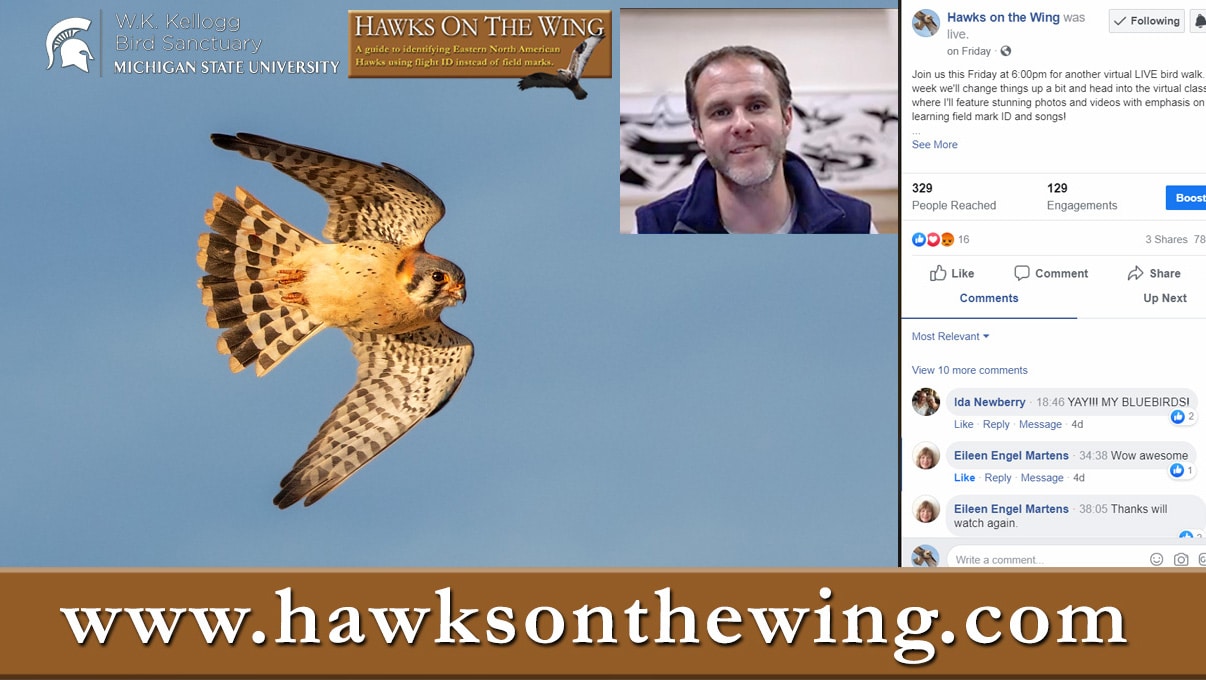
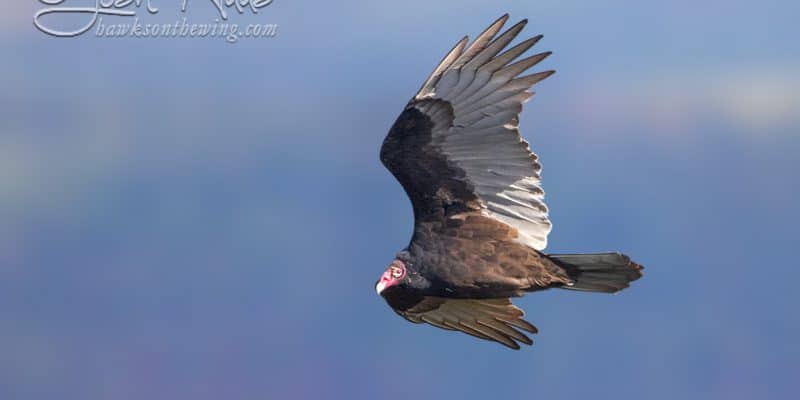
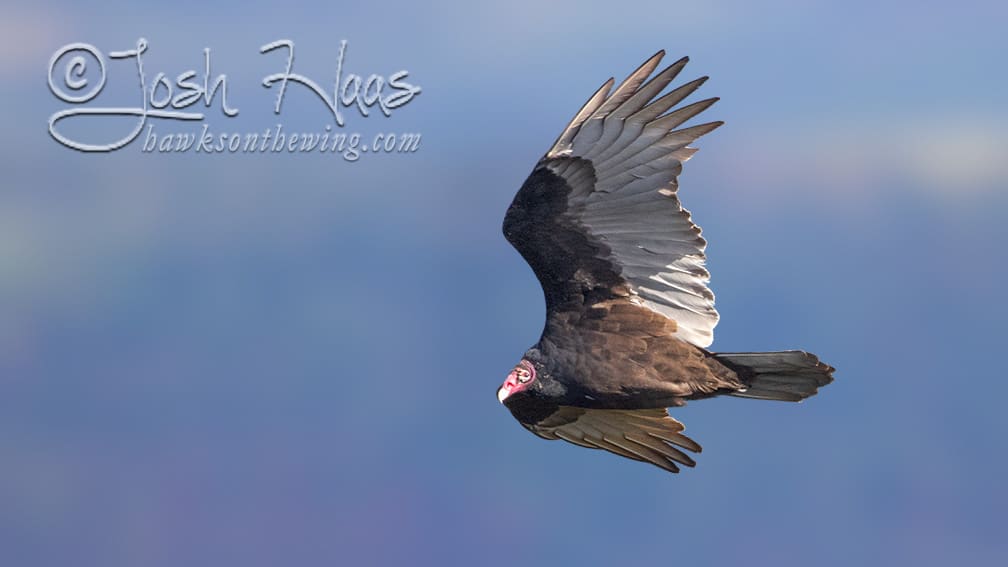 Harbingers of spring for us Michiganders include the return of a few key bird species. In Southwest Michigan birds like Turkey Vultures, Song Sparrows and American Robins are the ones that get our blood pumping for the return of warmth and longer days. As things progress a bit further we await the first Eastern Phoebe or get ready for the big numbers of ducks and raptors to come in on their way North.
Harbingers of spring for us Michiganders include the return of a few key bird species. In Southwest Michigan birds like Turkey Vultures, Song Sparrows and American Robins are the ones that get our blood pumping for the return of warmth and longer days. As things progress a bit further we await the first Eastern Phoebe or get ready for the big numbers of ducks and raptors to come in on their way North.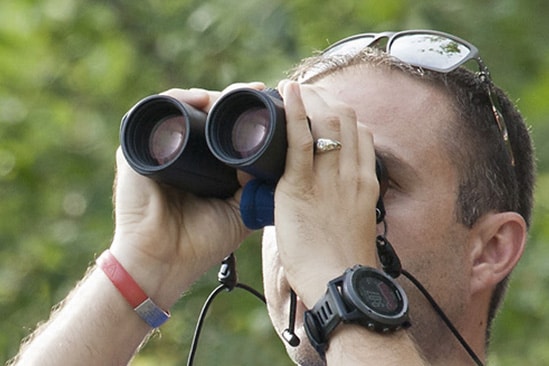
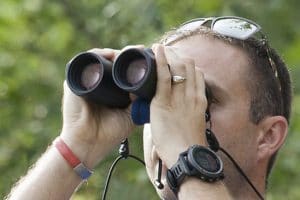 If you have ever struggled with seeing a clear picture through your binoculars or the picture has always been fuzzy, there is a chance your optics aren’t dialed in specifically to your unique eyes. Many binoculars offer manual adjustment to one of the individual optics because most people’s left and right eyes aren’t matched. Often times, people are unaware of this and think it’s them when many times there is a fix for the problem.
If you have ever struggled with seeing a clear picture through your binoculars or the picture has always been fuzzy, there is a chance your optics aren’t dialed in specifically to your unique eyes. Many binoculars offer manual adjustment to one of the individual optics because most people’s left and right eyes aren’t matched. Often times, people are unaware of this and think it’s them when many times there is a fix for the problem.